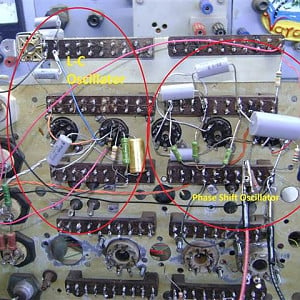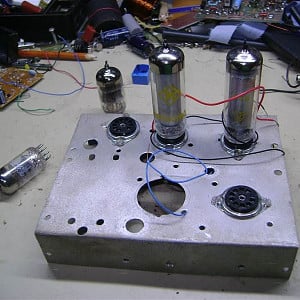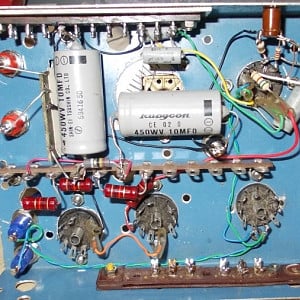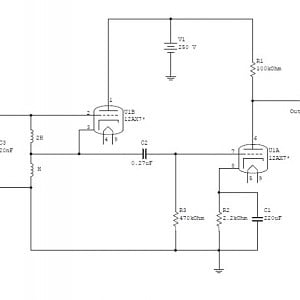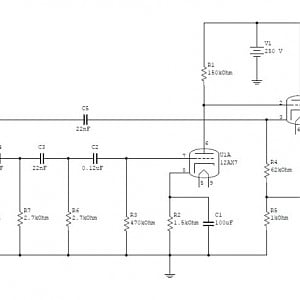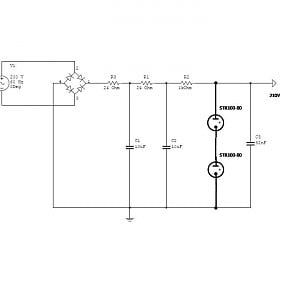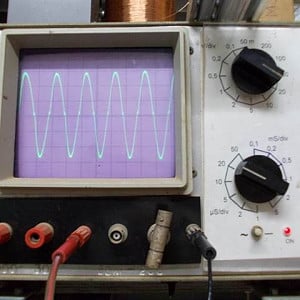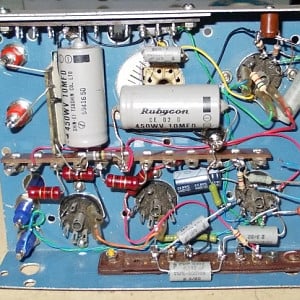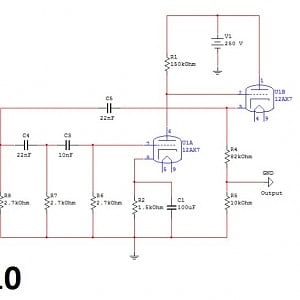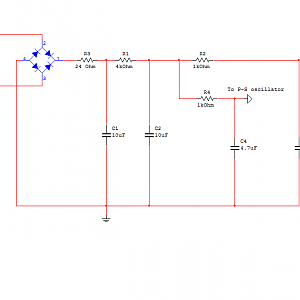Miguel Lopez
- Jan 25, 2012
- 255
- Joined
- Jan 25, 2012
- Messages
- 255
Miguel Lopez submitted a new Project Log:
Practical vacuum tube signal generator
Read more about this project log here...
Practical vacuum tube signal generator
Hello everybody
I've been out of touch on valves due to time restrictions, but I want to share with you a small project that I just recently started.
I have always had plans to build a second valve oscilloscope and a powerful audio amplifier (with 807s). Mr Time had been implacable, so I've been a little distanced from valves for a while. But now I want to work on a project which is a device to be used with those both bigger (and future) projects.
It is my intention to build a signal generator with two fixed outputs: one at 1kHz and the other at 25kHz. The first one will be to test valve amplifiers while the second it's intended to help in the design of the EHT generator for the scope.
This way I can work with valves (which is something I love), and at the same time I can build a useful tool for future projects. It's a win-win situation. On the other hand as Mr Time is always flying away from me, I want to use parts that I have built before for other abandoned (or modified) projects.
I also want to experiment with new circuits (for me) so, I want to build the 1 kHz signal with a phase shift oscillator, while the 25kHz will be an L-C oscillator. This way a can "play" with valves too. I have tested those circuits in my valve tester board (which I call "High Tension Bread Board" or HTBB)
The attached pictures show the chassis in which I will mount the generator, and the circuit tested on the HTBB.
Read more about this project log here...
